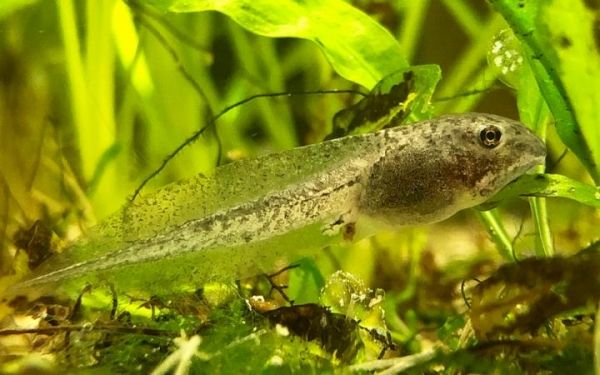Light at night might be convenient for humans, but it’s having a detrimental effect on amphibian populations, according to new research from Binghamton University, State University of New York.
“Research on the effects of light pollution has recently seen a surge in popularity,” said Binghamton University Assistant Professor of Biological Sciences Jessica Hua. “It’s difficult to find any place on Earth that is not affected by even minimal light pollution. We recognized a gap in the research and realized that not much was known about how light pollution can impact amphibians. Since amphibians are sensitive to environmental changes, they make great models for studying how pollution of any type can impact other species.”
Hua, along with graduate student Grascen Shidemantle and undergraduate student Dyllan May, exposed wood frogs to a control and two anthropogenic light conditions: intensified daytime illuminance and artificial light at night (ALAN). They found that both the intensified daytime illuminance treatments and the ALAN treatment decreased hatching success in tadpoles. Tadpoles that were reared in the ALAN treatment, on the other hand, were larger, less active, more sensitive to road salt pollution and had more parasites.
Read more at Binghamton University
Image: This is a wood frog (Lithobates sylvaticus) tadpole. (Credit: Jessica Hua)


